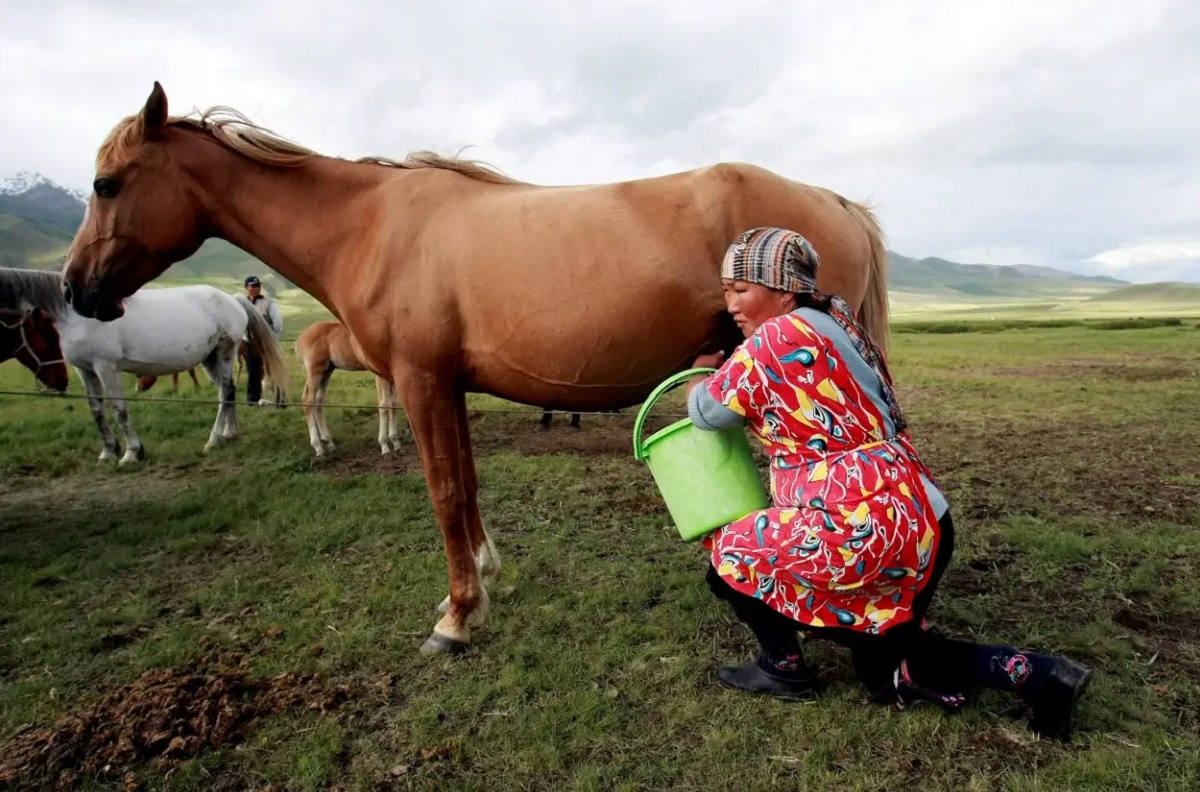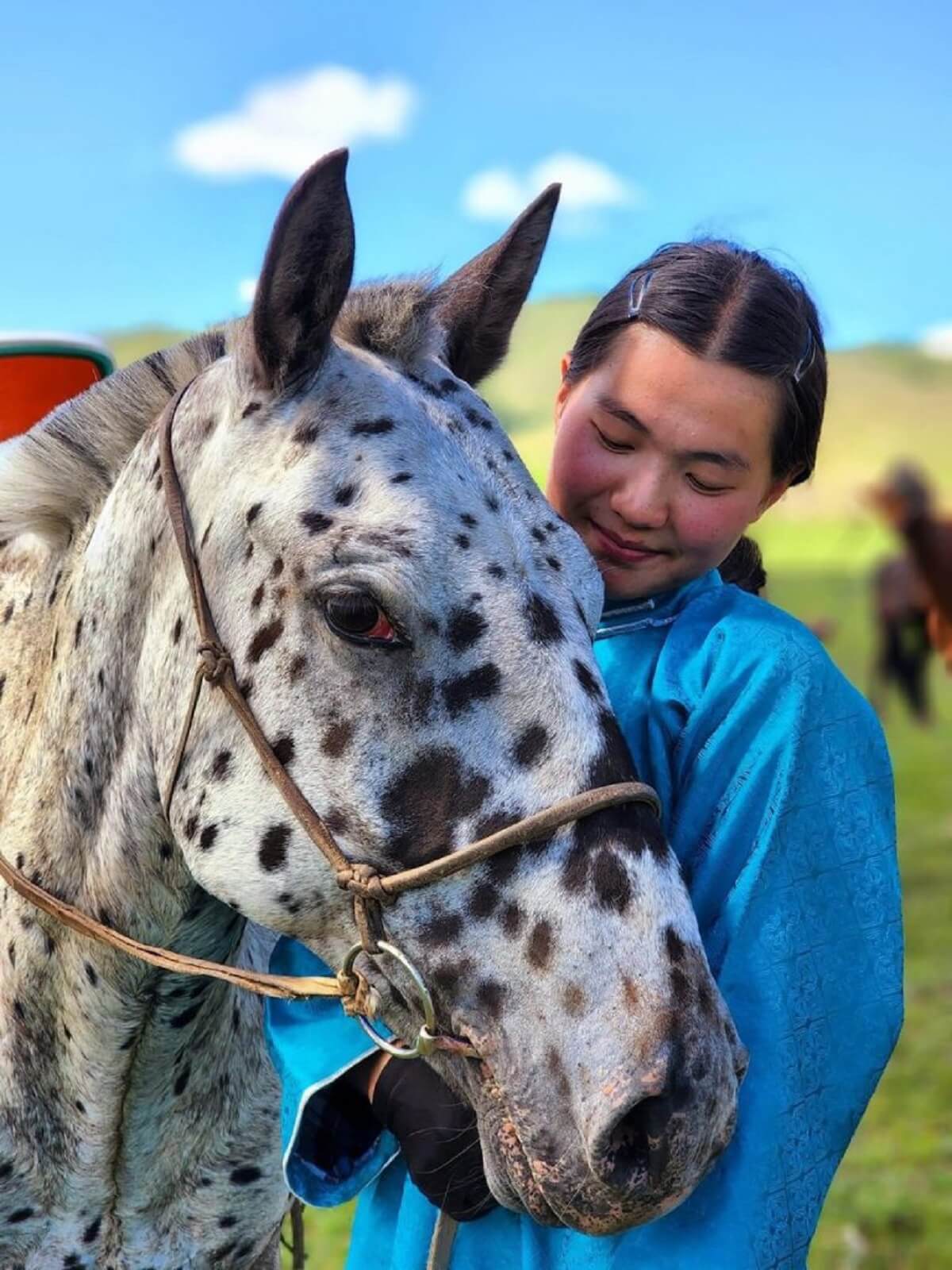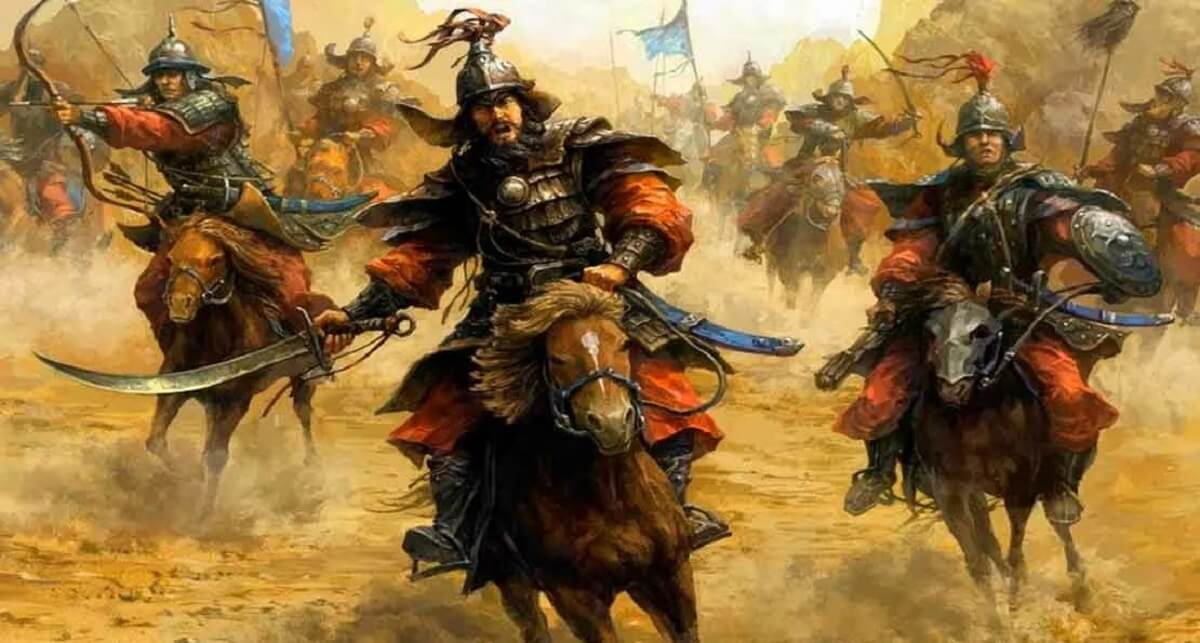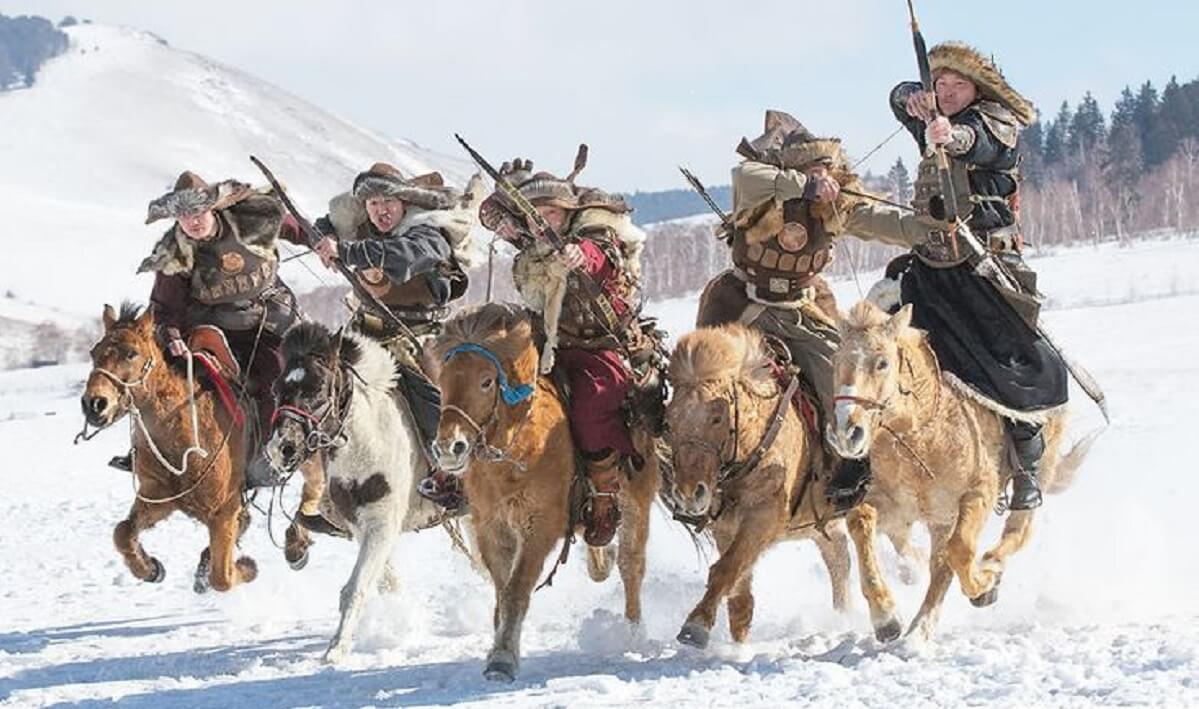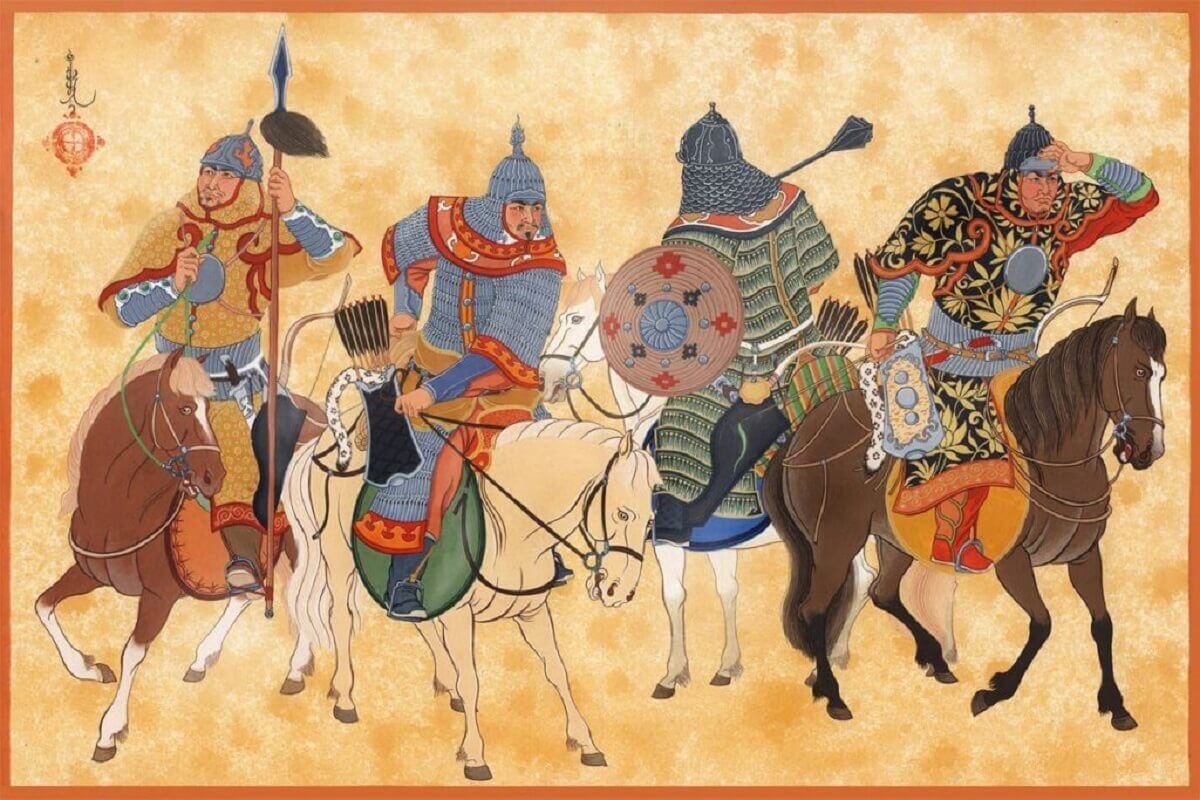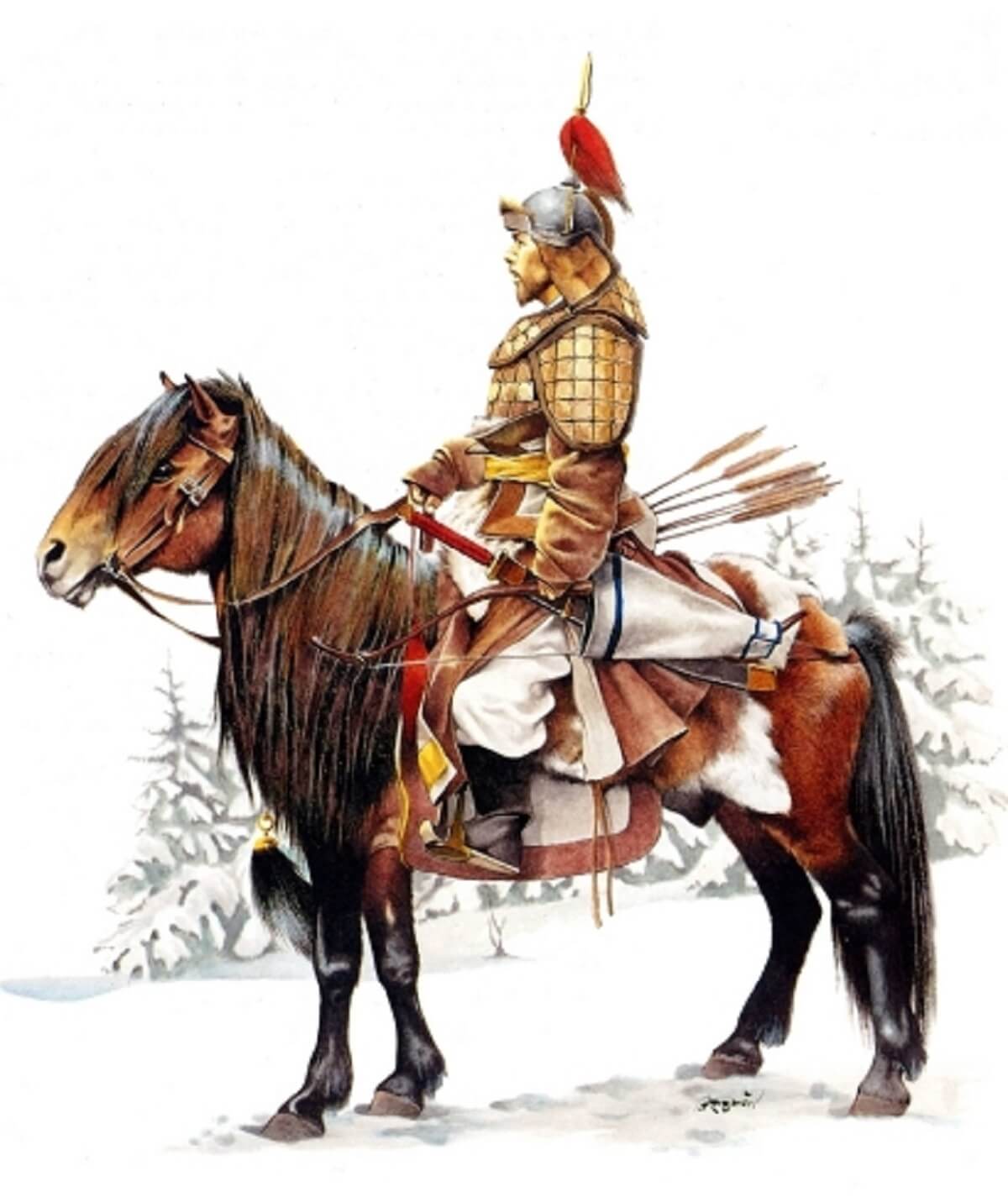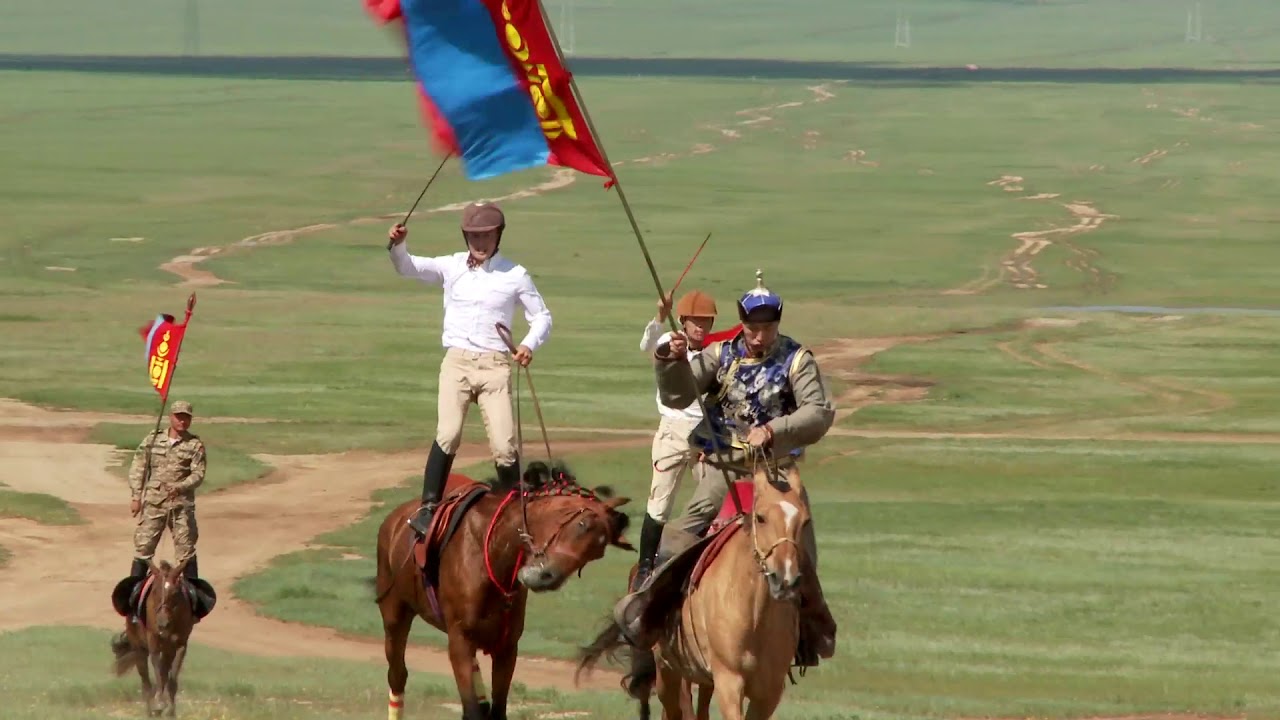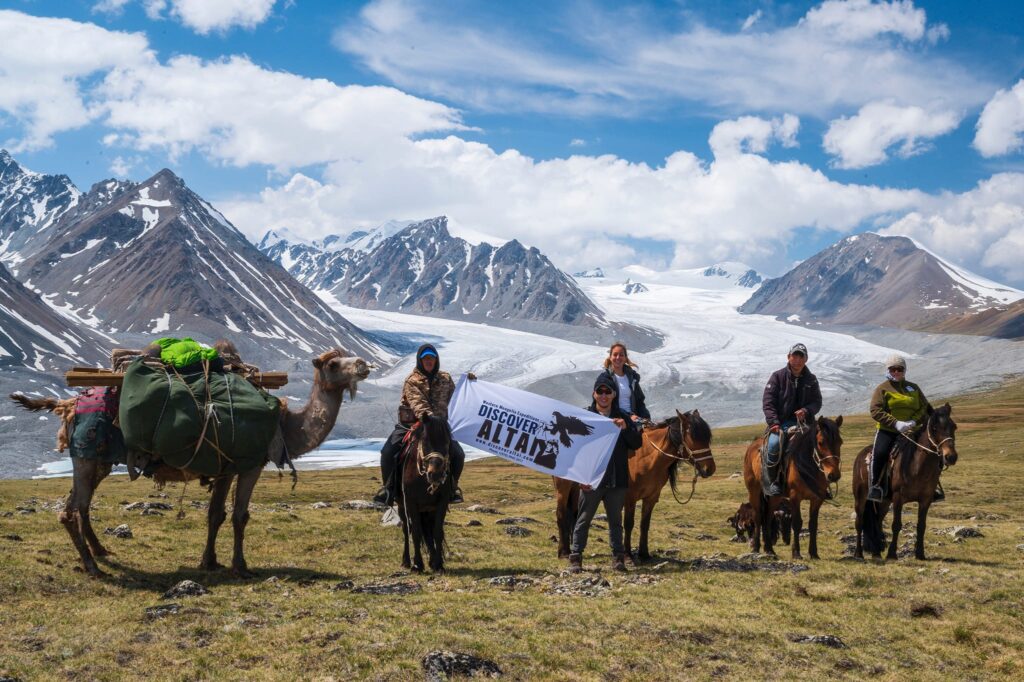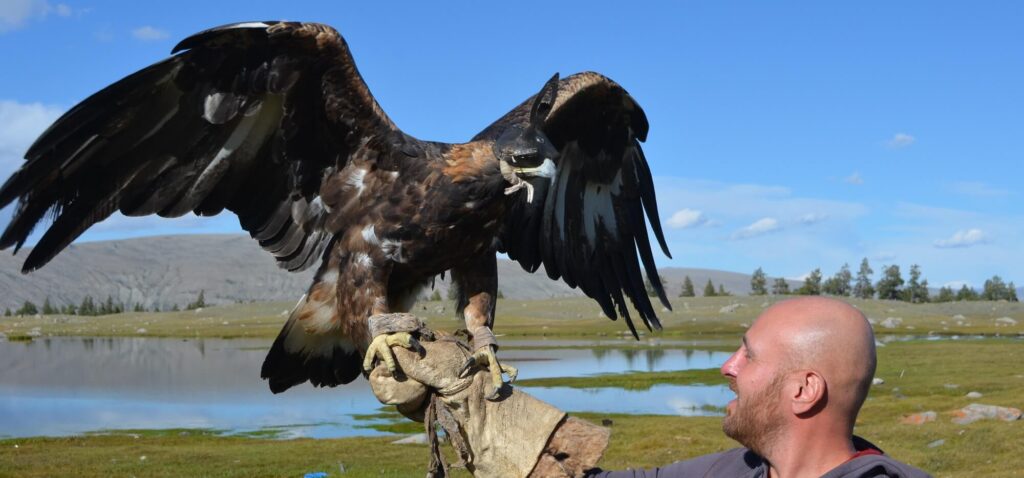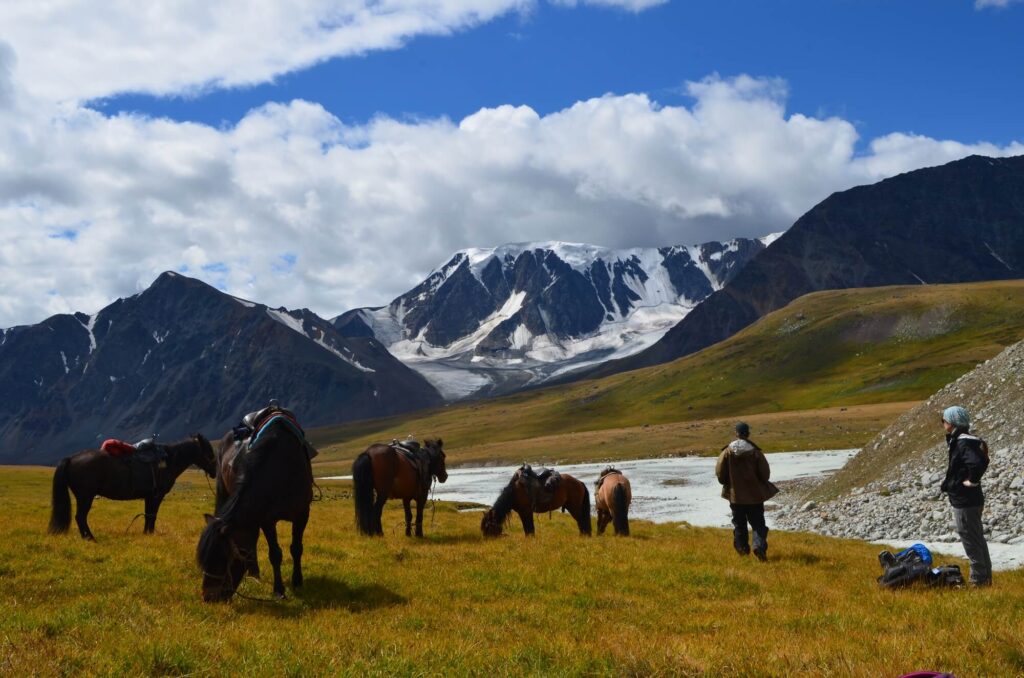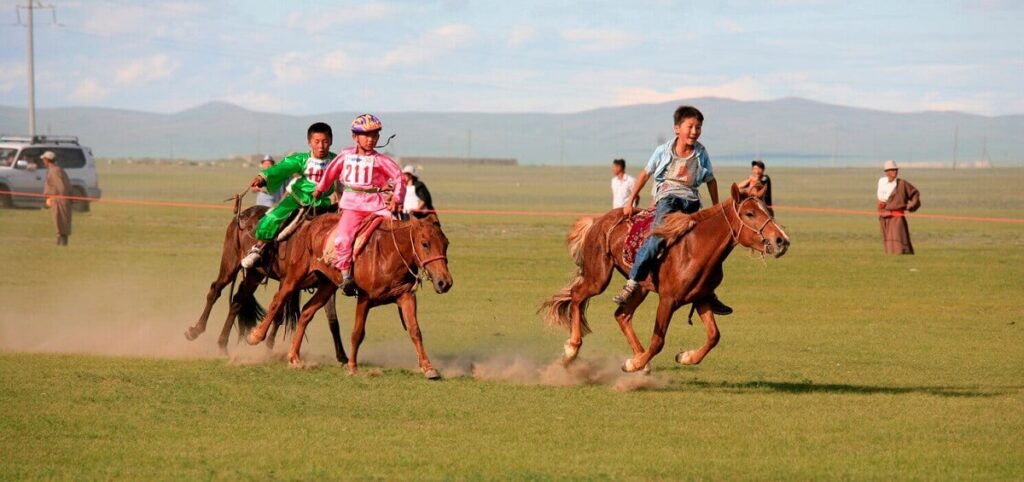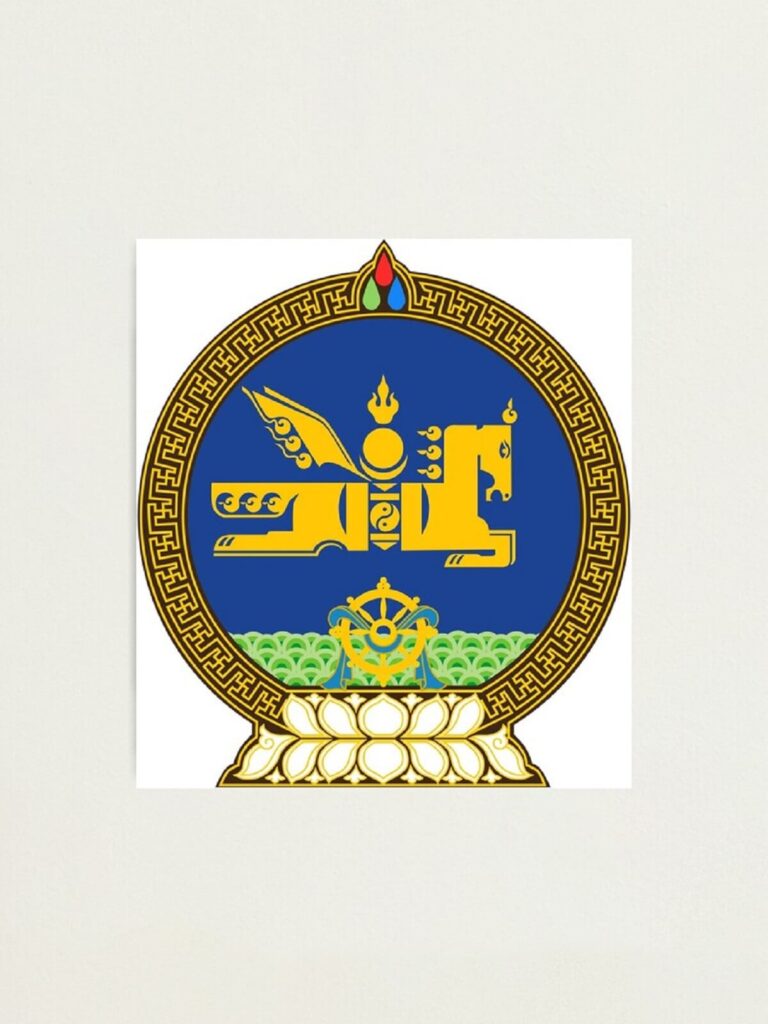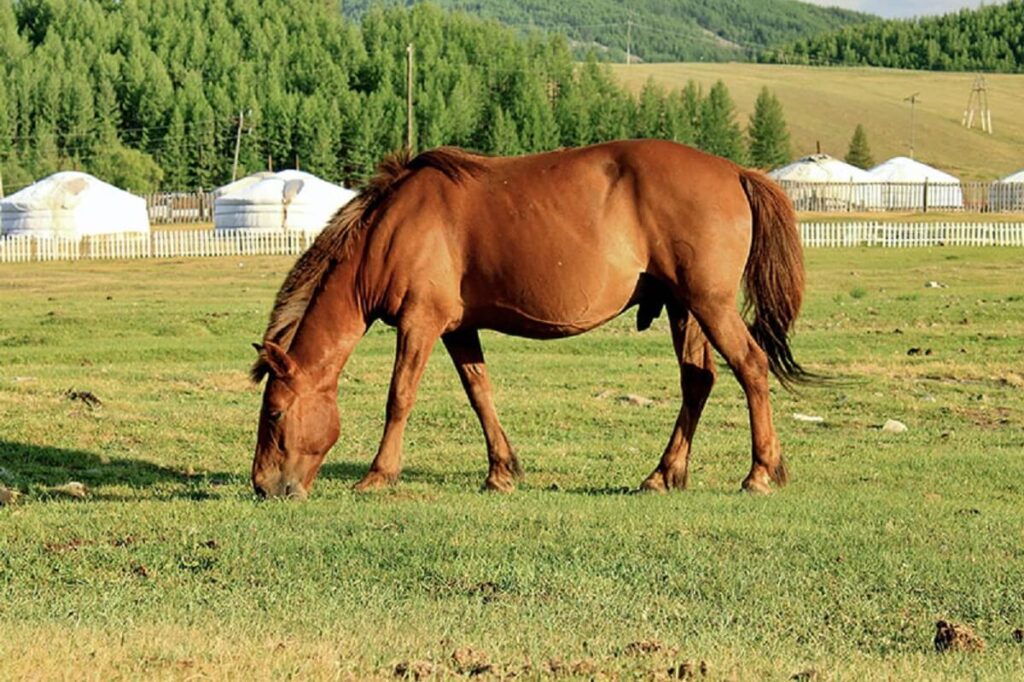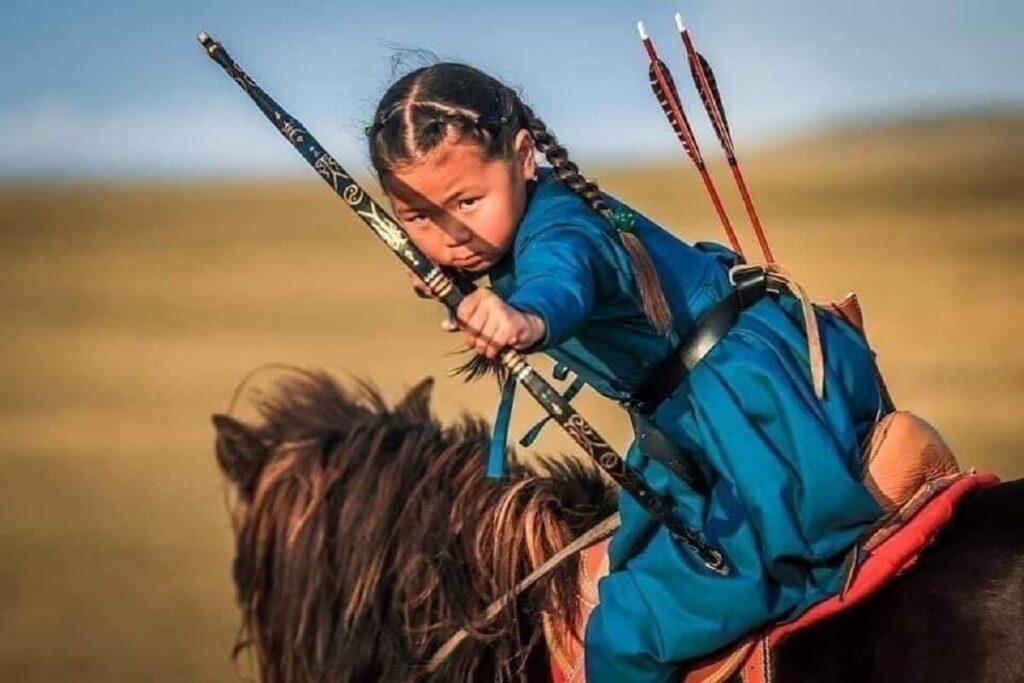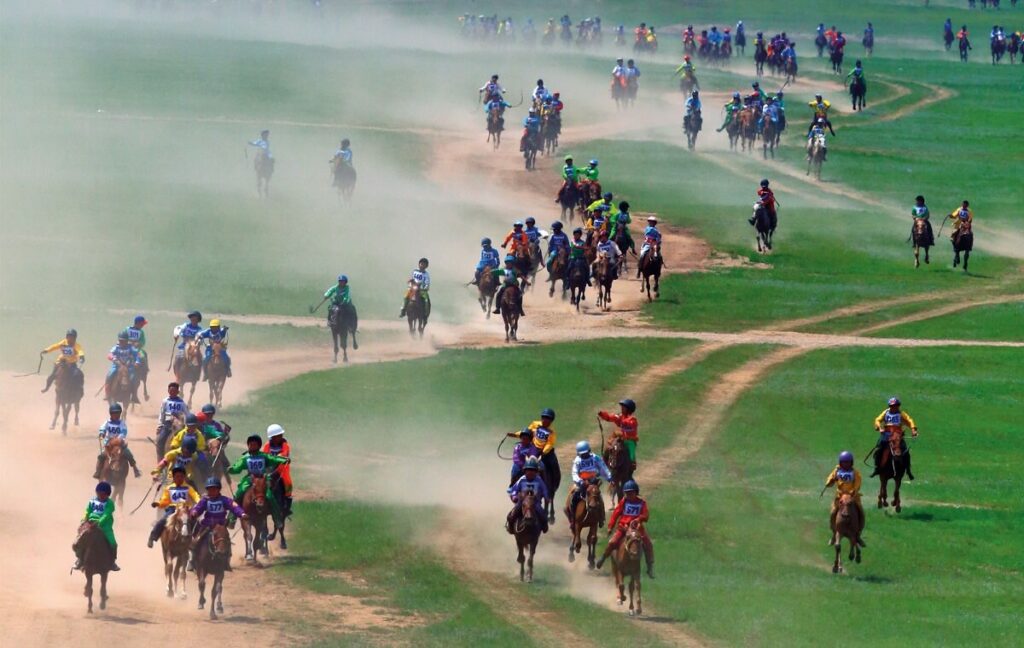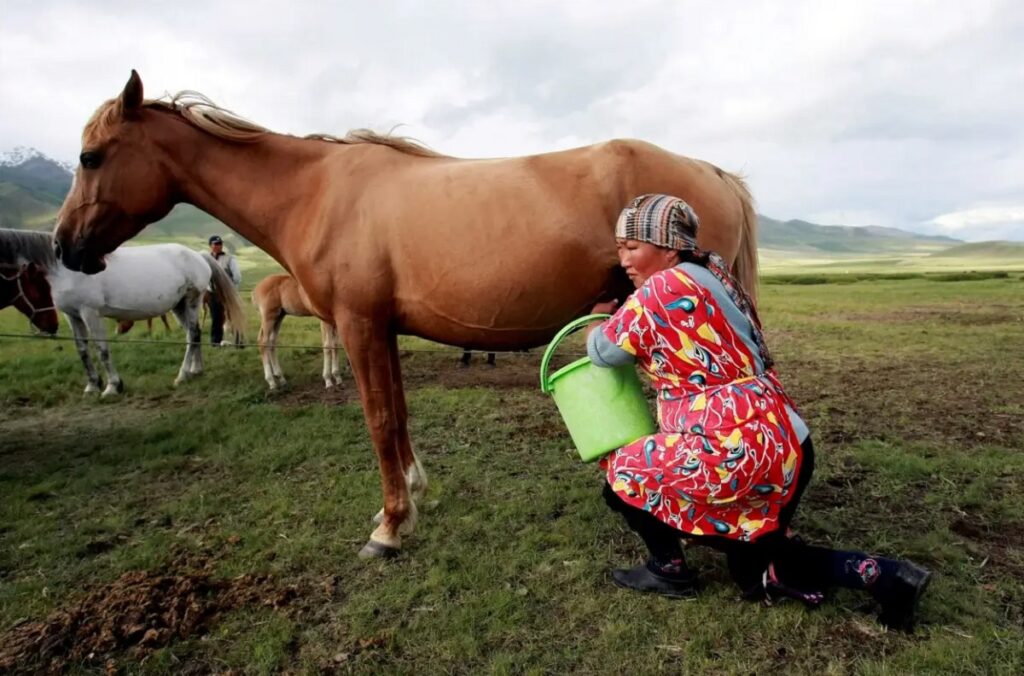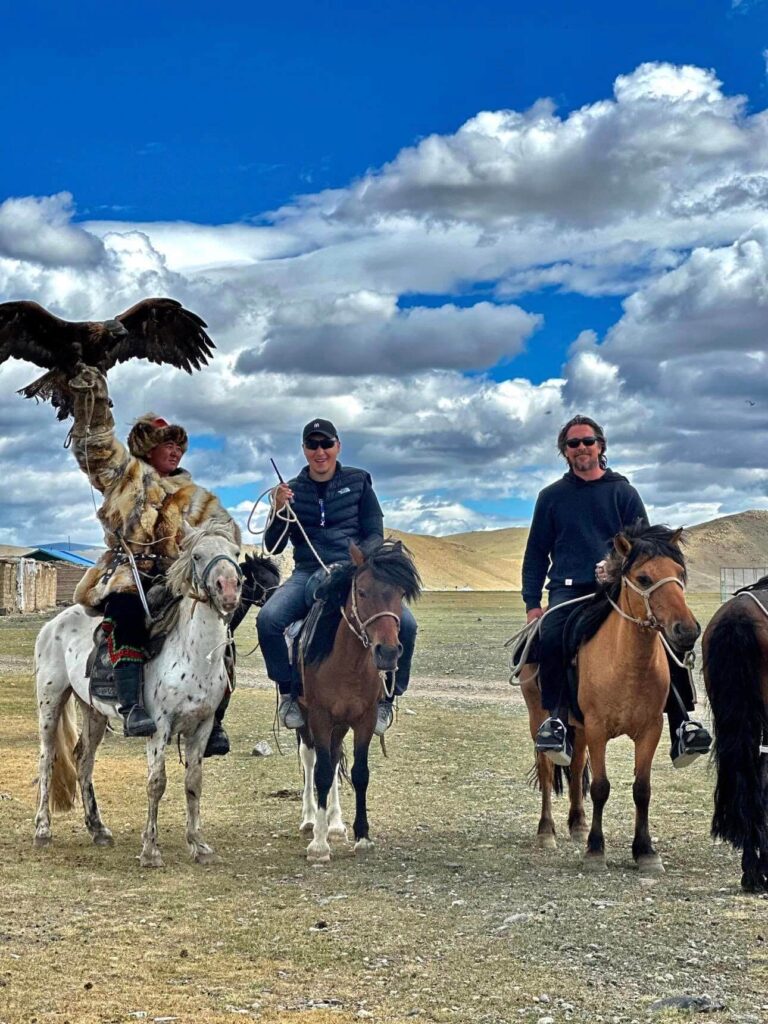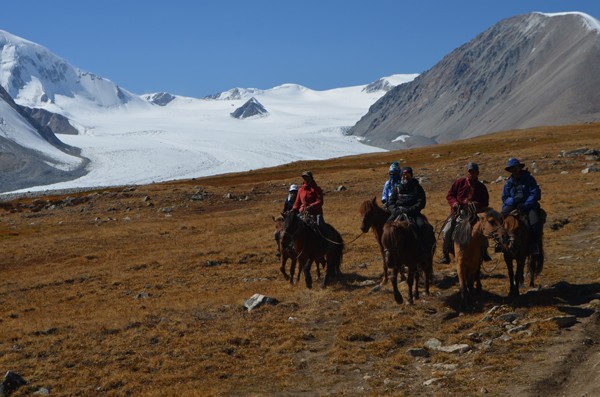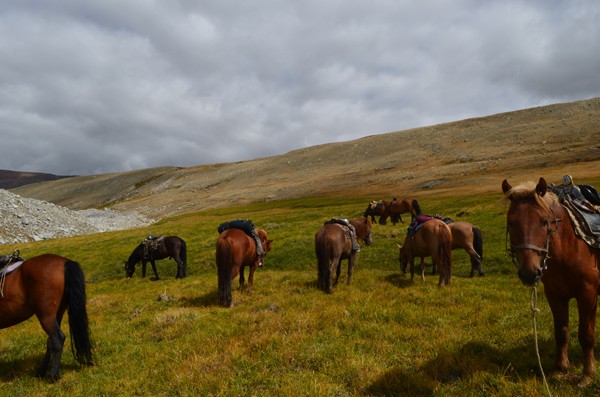The Mongol Empire, founded by Genghis Khan in the early 13th century, was one of the largest empires in history, stretching from Eastern Europe across Asia.
At the heart of this vast empire and key to its rapid expansion were horses. Horses played a central role in Mongolian society, culture, and, most importantly, in their military strategies.
We offer you MONGOLIA HORSE TREKKING TOUR. Come and enjoy the Mongolia Horse Riding Tour. Mongolia is home to the last nomads. Mongolian Horses are the most important part of nomadic life. It will be wonderful 🤩🤩
Horses in Mongolian Society
For the Mongols, horses were not just animals; they were a vital part of daily life. Every Mongol, regardless of age or gender, learned to ride as a child.
The Mongols lived a nomadic lifestyle, which meant they moved from place to place, and horses were essential for transporting their homes and belongings.
The horses also provided milk, which was turned into various dairy products, and in times of famine, they served as a food source.
Horses in Mongolian Culture
Horses held a sacred place in Mongolian horse culture. They were often featured in Mongol myths and legends, symbolizing strength, endurance, and freedom.
The Mongols believed that their fate and the fate of their horses were intertwined, with rituals and songs dedicated to horses reflecting their revered status.
Horses in the Mongol Military
The real power of horses was shown in warfare. The Mongol military was primarily composed of cavalry units, which were groups of soldiers who fought on horseback. These units were highly mobile and could travel up to 100 kilometers a day, a feat unmatched by the foot soldiers of their enemies.
Speed and Mobility
The Mongol strategy relied heavily on speed and mobility, allowing them to strike swiftly and unexpectedly. Their ability to quickly assemble, attack, and then disappear made them formidable opponents. The Mongols practiced a tactic known as the “Mongol Derby,” which involved a relay system of horses. By constantly switching to fresh horses, they could maintain high speeds over long distances.
Communication
Horses also played a crucial role in communication across the vast empire. The Mongols established an elaborate relay system known as the “Yam,” which was a network of horse-mounted couriers. These couriers ensured that messages could travel quickly between different parts of the empire, facilitating efficient governance and military coordination.
Psychological Impact
Moreover, the Mongol cavalry had a significant psychological impact on their enemies. The sight and sound of thousands of horsemen charging at high speed could terrify opposing forces, often leading to their quick surrender.
Legacy of the Mongol Horses
The effectiveness of the Mongol cavalry changed how wars were fought in many parts of the world. Many empires and kingdoms after the Mongols adopted similar cavalry tactics.
The breeding techniques and horse training methods developed by the Mongols influenced equestrian practices in other cultures as well.
In conclusion, horses were much more than just a mode of transport for the Mongols; they were integral to their way of life, their culture, and their military successes.
The symbiotic relationship between the Mongols and their horses enabled them to build an empire that connected the East and the West, influencing the course of history. The legacy of the Mongol horses is a testament to their significance in one of the world’s greatest empires.

